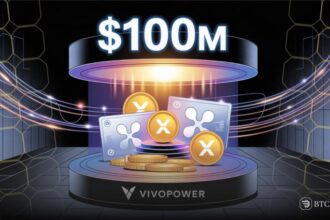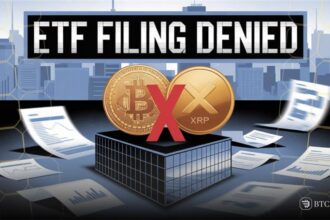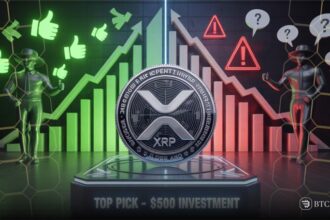The XRP Ledger reached a major milestone in March 2024 with the launch of its native automated market maker (AMM). Unlike Ethereum-based models, XRPL’s AMM is built directly into the core protocol. This eliminates smart contract risk and reduces fees, offering faster execution and tighter spreads.
According to latest podcast from researcher Max, its seamless link to the existing order book lets trades auto-route for the best pricing. XRPL’s auto-bridging also allows users to swap between any two assets using XRP as the bridge, even without direct trading pairs.
This design deepens liquidity and expands the ecosystem’s flexibility. With continuous auctions and dynamic fees, the platform rewards arbitrage while defending against common DeFi exploits.
As a result, financial institutions can use XRP to settle large transactions instantly. This capability trims settlement from days to seconds, making it ideal for institutions with high-volume needs.
RLUSD integration drives Real-World institutional use
Ripple’s $1.25 billion acquisition of Hidden Road in April 2025 added a new layer to the XRPL ecosystem. Hidden Road handles over $3 trillion annually and now integrates XRP and RLUSD as core infrastructure. RLUSD, Ripple’s regulatory-compliant stablecoin, supports real-time clearing, risk management, and cross-margining.
This fusion enables traditional and crypto trades to settle on a single platform, eliminating fragmentation.
Hedge funds are now able to trade FX and crypto within a single pool of collateral and transfer assets in seconds. RLUSD’s instant settlement system replaces wire transfers, speeding up capital flow and diminishing reserve requirements by as much as 80%.
XRP anchors compliant, scalable global DeFi
As the native asset of XRPL, XRP is uniquely positioned to empower comprehensive financial infrastructure. With more than a decade of reliability, the ledger underpins hundreds of active trading pairs which are further liquidated by its AMM.
In addition, XRP’s EVM-layered features make Flare and Axelar easy-to-integrate compliant cross-chain solutions, strengthening XRP inter-network expansion synergies. Expanded stablecoin issuance powers increased demand for XRP as well. Every transaction persistently eliminates a fraction of it, causing deflationary pull on XRP’s value.
An increased number of transactions conducted over the XRP network greatly augments utility through compounding effects. Banks throughout Asia have already begun testing XRP for Real-Time Gross Settlement (RTGS) systems








